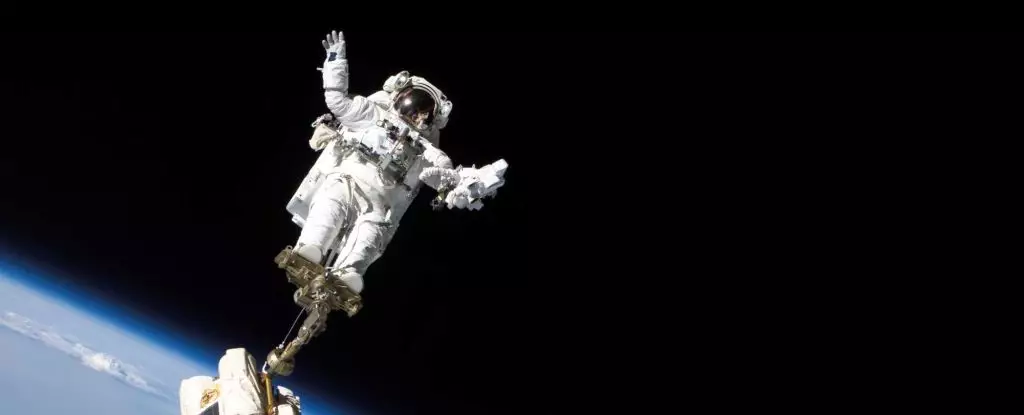Space exploration has always captivated the imagination of humanity. The prospect of venturing beyond Earth, exploring distant galaxies, and unraveling the mysteries of the universe is undoubtedly enticing. However, the reality of space travel is far from glamorous. Astronauts face numerous challenges, both physically and psychologically, when they venture into outer space.
One of the most significant hurdles in space exploration is the toll it takes on the human body. Over millions of years, humans have evolved to thrive in Earth’s environment. The absence of Earth’s gravity and other crucial factors in space introduces a whole new set of problems. Astronauts experience bone and muscle density loss, vision problems caused by excess brain fluid, difficulties with urination, and even potential erectile dysfunction. However, one particularly grotesque issue that arises is the loss of fingernails after a spacewalk.
Spacewalks, also known as extravehicular activities (EVAs), are an integral part of space missions. However, after performing these EVAs, many astronauts find themselves dealing with the unpleasant surprise of fingernails falling off. Scientifically referred to as onycholysis, this phenomenon seems to be more related to atmospheric pressure than the absence of gravity itself. In the low-pressure environment of space, the human body faces significant challenges.
To ensure the safety of astronauts during EVAs, their spacesuits must be pressurized. While this measure is necessary, it introduces a problem specifically for the hands. Studies conducted by epidemiologist Jacqueline Charvat and her team highlighted the prevalence of hand injuries among astronauts during EVA training. The pressurized gloves restrict movement, creating pressure points that result in pain, muscle fatigue, abrasions, and ultimately onycholysis.
The quest to mitigate hand injuries during EVAs has led to a comprehensive examination of spacesuit glove design. Researchers have found that gloves used in space missions consist of multiple layers, including a comfort layer, a pressure bladder layer, a restraint layer, and an outer Thermal Micrometeoroid Garment layer. The design complexity aims to balance the need for protection and mobility in the harsh conditions of space.
In a study conducted on hand injuries reported by astronauts, researchers discovered a significant correlation between finger knuckle width and circumference and the risk of injury. The limited mobility of the metacarpophalangeal joints, which are the knuckles at the top of the fist, places excessive pressure on the fingers. Reduced blood flow, tissue damage, and onycholysis are the unfortunate consequences.
Interestingly, the study also revealed that glove design played a substantial role in hand injuries. Certain glove types were associated with a significantly higher risk of fingernail loss. Middle finger injuries were the most prevalent, with glove sizing and finger length playing contributing factors. Additionally, women were found to be more susceptible to onycholysis than men. These findings suggest that poor glove fit may be a significant factor in hand injuries, despite gloves being custom-fitted for each NASA astronaut.
While the issue of hand injuries during EVAs remains a concern, progress is being made to address these challenges. The upcoming Artemis-era spacesuits hold promise for improved astronaut safety during spacewalks. It is crucial to continue refining glove design to alleviate the stress on astronauts’ hands, ensuring their ability to perform critical tasks with minimal risk of injury.
As space exploration continues to advance, the physical well-being of astronauts will always be a paramount concern. Efforts to understand and mitigate the effects of the space environment on the human body are vital for the success of future missions. By addressing the issue of glove injuries, scientists and engineers are taking significant steps towards ensuring the safety and health of those who dare to venture beyond Earth’s boundaries.
The challenges posed by space travel on the human body are vast and complex. From bone and muscle density loss to vision problems and urination difficulties, astronauts face numerous obstacles. The unexpected loss of fingernails after spacewalks exemplifies the unique and often overlooked consequences of the space environment. However, with ongoing research and advancements, the future of space exploration holds promise for improved spacesuit designs that will protect astronauts’ hands and minimize the risk of injury. Only by overcoming these challenges will humanity continue to reach for the stars.


Leave a Reply